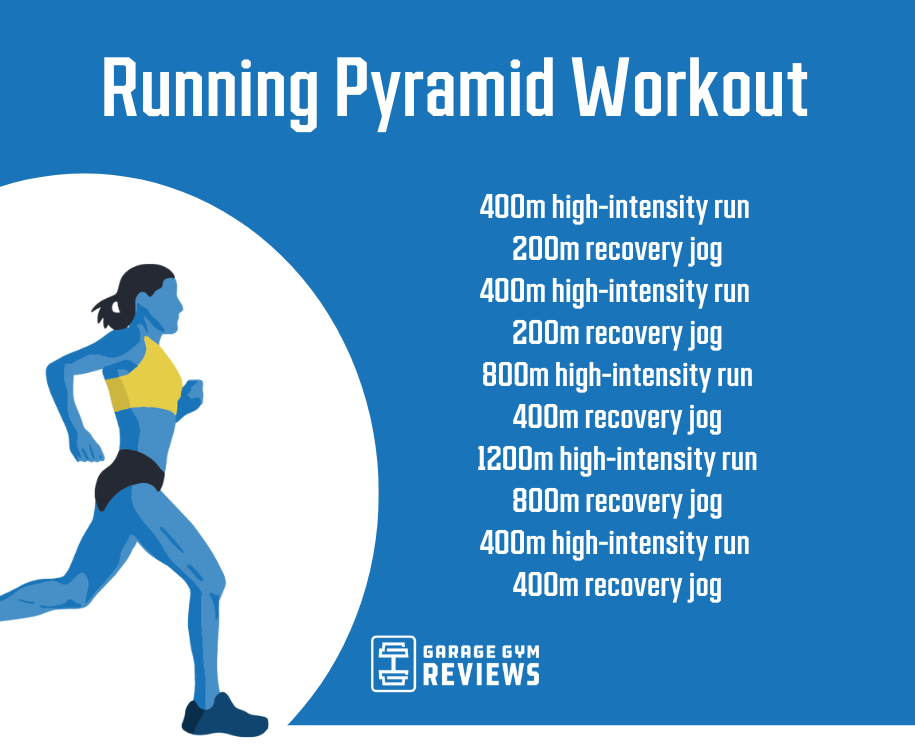Optimize Your Running Workout: Expert Strategies Introduced
Optimize Your Running Workout: Expert Strategies Introduced
Blog Article
Overcoming Pain in Running: Methods and Techniques That Job
Pain is an usual companion for several joggers, often serving as an obstacle to achieving their preferred goals. With the right methods and techniques, it is possible to get over and even prevent the pain linked with running. By discovering various approaches such as recognizing the various sorts of running discomfort, maximizing shoes and form, including cross-training and toughness workouts, carrying out efficient recovery methods, and keeping appropriate nutrition and hydration, joggers can potentially reduce their discomfort and boost their overall running experience.
Recognizing Various Kinds Of Running Discomfort

One more kind of running discomfort is joint pain, which can manifest as a sharp or achy pain in locations such as the knees, hips, or ankle joints (running workout). Joint pain may be brought on by variables like improper running form, overuse, or underlying conditions like arthritis (my site). It is essential to differentiate between muscular tissue soreness and joint pain, as the latter might call for medical interest to stop further injury
Understanding the different sorts of running pain is crucial for effective management and prevention approaches to make certain a secure and delightful running experience.
Correct Shoes and Running Type
To optimize performance and lower the threat of running-related injuries, choosing proper footwear and maintaining correct running type are vital elements for runners of all degrees. Appropriate footwear plays a crucial duty in giving support, cushioning, security, and security for the feet and lower arm or legs. It is suggested to choose running footwear that are particularly developed for the person's foot kind, running gait, and the kind of running activity they engage in. Obtaining fitted for footwear at a specialized running store can assist guarantee the right fit and support.

Cross-Training and Stamina Workouts
Stamina exercises, like squats, lunges, and core workouts, play a crucial duty in supporting muscles and improving running performance. They can remedy muscle inequalities, improve agility, and boost power outcome, all of which are vital for running performance.
It is vital to enable for ample rest in between running sessions and cross-training activities to avoid overuse injuries. By including these elements into a running regimen, runners can develop a more powerful structure, improve performance, and take pleasure in a much more sustainable running experience - check this link.
Healing and Rest Methods
Having actually established the relevance of cross-training and strength workouts in a comprehensive running routine, focus can now be guided in the direction of Healing and Relax Techniques as important parts for optimizing efficiency and lowering the risk of injuries. (running strategy)
Recuperation after running is essential for muscular tissue repair and growth. Methods such as foam rolling, extending, and massage therapy help in minimizing muscular tissue soreness and improving versatility. Appropriate remainder between runs allows the body to recuperate and adjust to the physical stress and anxiety, preventing overuse injuries.
Incorporating active healing days right into a training timetable, where low-intensity tasks like strolling or biking are performed, can enhance blood circulation and promote healing without putting excess stress on the muscle mass. Furthermore, correct hydration and nourishment play an essential duty in the recuperation procedure by restoring shed liquids and nutrients.
Quality rest is an additional essential aspect of recuperation that need to not be overlooked. Throughout rest, the body undertakes fixing and regrowth procedures, adding to general physical and mental well-being. By prioritizing recovery and remainder strategies, joggers can preserve ideal performance levels and lower the chance of experiencing discomfort or injuries.
Nutrition and Hydration for Runners
Carbohydrates supply power for running, while proteins aid in muscular tissue repair and healing. Ample hydration is home also vital to keep optimal performance, as even moderate dehydration can adversely impact running performance. In addition, timing dishes and treats appropriately before runs can assist protect against gastrointestinal discomfort and offer the needed power for peak efficiency.
Conclusion
Finally, by comprehending the numerous kinds of running discomfort, putting on correct shoes, keeping appropriate running form, including cross-training and toughness workouts, prioritizing recovery and remainder, and concentrating on nourishment and hydration, joggers can effectively conquer pain and improve their performance. Executing these methods and methods can assist runners stop injuries, improve their endurance, and eventually take pleasure in a much more satisfying running experience.
Report this page